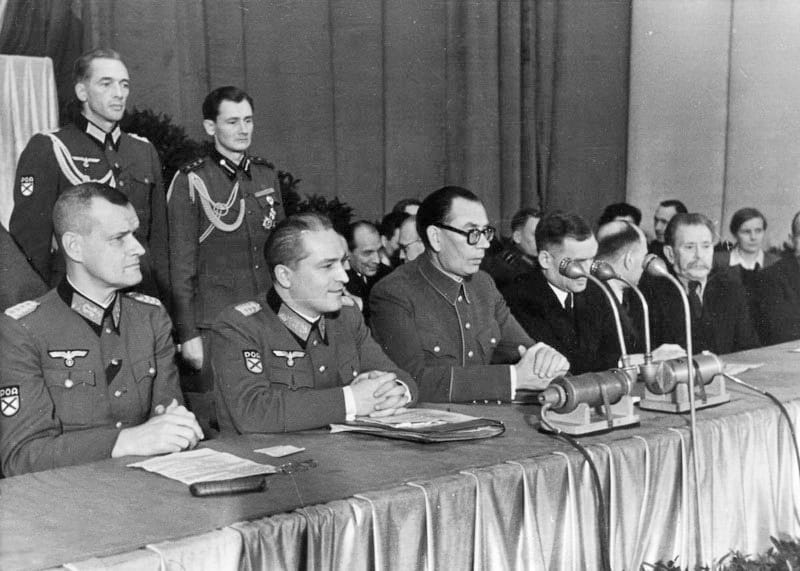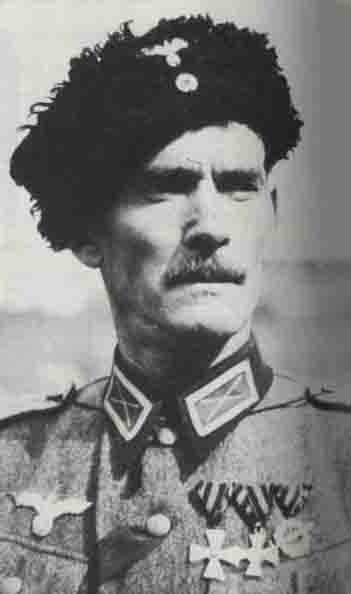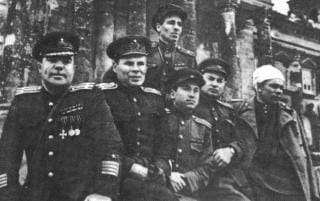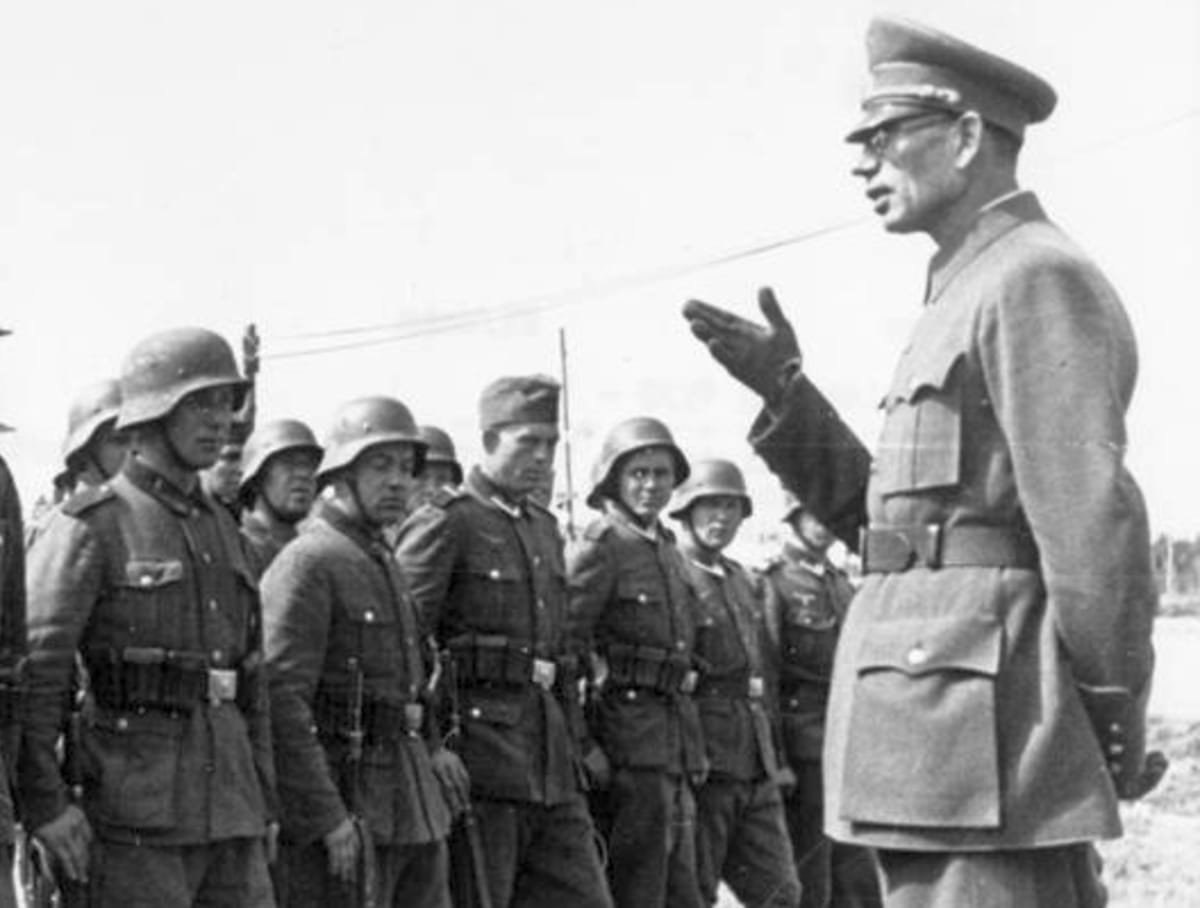In social networks you can often find the statement that the St. George Ribbon during the Great Patriotic War was used as an official symbol in the Russian Liberation Army and other Russian formations that fought on the side of Nazi Germany. We decided to check if this is true.
The most famous video that talked about the St. George ribbon as a Vlasov symbol is performance Alexandra Nevzorova in 2014. The journalist sharply condemned the wearing of the ribbon and added: “General Shkuro, General Vlasov, many high ranks of the SS supported the cult of the St. George’s ribbon.” The characterization of the St. George ribbon as “Vlasov” is often found in blogs - “VKontakte", Livejournal, on Belarusian And Ukrainian popular sites.
In the USSR, the “Vlasovites” were accepted name all Russian collaborators who fought as part of the Wehrmacht and SS. But, strictly speaking, this applies only to the Russian Liberation Army (ROA), a formation created within the Wehrmacht at the suggestion of General Andrei Vlasov. After the unsuccessful Lyuban offensive operation in July 1942, the 2nd Shock Army of the Red Army and its commander Vlasov were surrounded. General captured agreed cooperate with the German command and began to form the ROA. But until 1943, units of the Russian Liberation Army existed only in propaganda documents; until that time, former Soviet prisoners of war did not take part in regular hostilities. They were used as auxiliary forces of the Wehrmacht to fight partisans.
In parallel with ROA existed other Russian units. This is the Russian People's Liberation Army (RONA) under the command of Bronislaw Kaminsky; division "Russland" (later - 1st Russian National Army); Russian Corps, formed from emigrants who settled in Yugoslavia; Cossack units in the Wehrmacht and SS. In November 1944, unification took place in Prague under the supervision of the German command. meeting The Committee for the Liberation of the Peoples of Russia, which included General Vlasov with his ROA, and representatives of emigrant organizations.

Each of the Russian units in German service had its own symbolism. The distinctive sign of the Russian Liberation Army was a shield with the St. Andrew's flag and the abbreviation ROA. The Russland division has an eight-pointed Orthodox cross, while KONR has a black St. George Cross on a white background with a red border. Of the special orders established for the “Vlasovites,” there was only the insignia for bravery and merit for the eastern peoples, which was introduced in July 1942. Not a single order or distinctive sign was even remotely similar to the St. George ribbon.


But in many photographs that appear on social networks, people are depicted in German uniforms and with St. George ribbons. This was not provided for by any regulations of the ROA or other divisions. However, officers awarded before 1917 wore their orders on German uniforms. For example, in one of the photographs, the head of the propaganda department of the Air Force KONR, Alexander Albov, has as many as three orders with such a ribbon on his chest. Two of them are St. George, the third is sign "Ice March" 1918.

There is not a single photograph of General Vlasov with the Order of St. George or with a ribbon of the corresponding colors. And this is not surprising: in the Red Army he called in 1920, due to his age, Vlasov did not participate in the First World War, so he could not have been awarded the St. George Cross. It is curious that Major General Shkuro, the head of the Cossack Troops Reserve at the General Staff of the SS Troops, did not have crosses on his uniform. But the St. George ribbon fluttered on the hilt of his award weapon, received in 1914 for bravery.
It turns out that the St. George Ribbon was one of the symbols worn by Russian officers in Hitler’s service. But Soviet officers wore their old awards in exactly the same way - both at the end of the war and after it. For example, in a photo taken in Berlin in May 1945, playwright, writer and war correspondent Vsevolod Vishnevsky imprinted with all his St. George's awards: a cross and two medals.

Thus, the St. George Ribbon, which was worn by former officers and soldiers of the Russian army, no matter which side they were on during the Second World War, was not the distinctive sign of the “Vlasovites” or the official symbols of the collaborators. In addition, there are no documents that would confirm that General Vlasov “supported the cult of the St. George’s Ribbon.”
Cover image: Bundesarchiv
Not true
Read on topic:
- S. Drobyazko. Russian liberation army.
- General Vlasov: a story of betrayal. Collection of documents in three volumes.
If you find a spelling or grammatical error, please let us know by highlighting the error text and clicking Ctrl+Enter.






